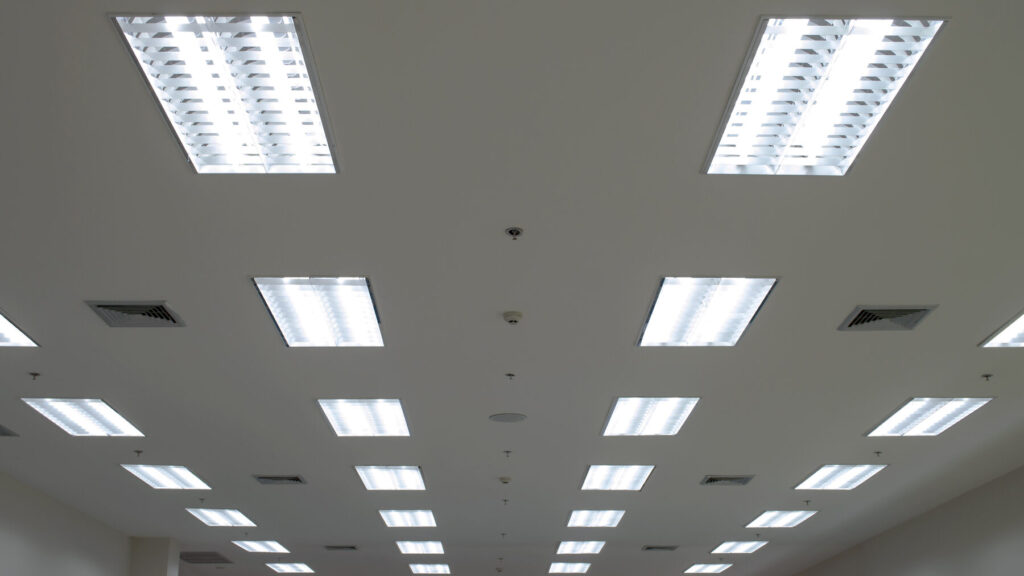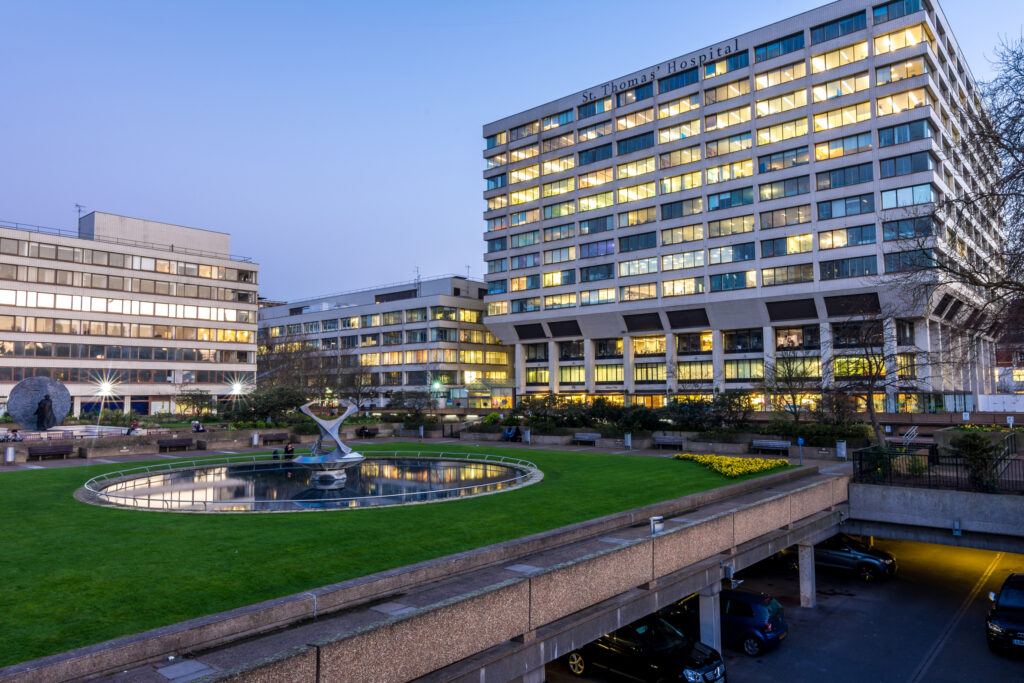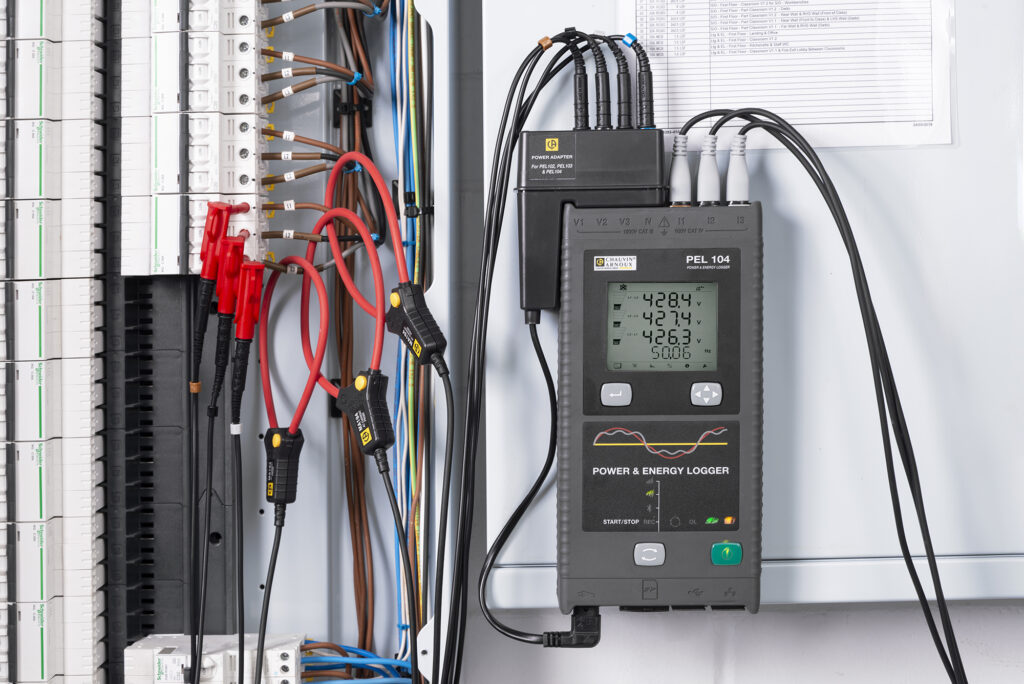Finally, let’s consider harmonics. These are currents at frequencies that are whole number multiples of the supply frequency. For example, with a 50 Hz supply, harmonic frequencies would be 100 Hz, 150 Hz, 200 Hz, 250 Hz and so on. Harmonics are mainly produced by electronic devices such as computer power supplies, variable speed drives and controllers for LED lighting installations. They are a problem for many reasons, but one is that they can increase heating in cables and equipment. That unwanted heat doesn’t come for free – you’re paying for the energy used to produce it. Therefore, identification and control of harmonics is yet another way to reduce energy usage and costs.
In this short article, it has only been possible to mention very briefly some of the main areas that are worth investigating in the quest to reduce energy consumption; a much more detailed discussion is available in a Chauvin Arnoux white paper which you can access here bit.ly/3wQU41I.
Given the current world situation, high energy prices and even energy shortages are issues that are likely to be of enormous concern for a very long time to come. If, however, every consumer were to cut their energy usage by 20%, these problems could be overcome or, at the very least, minimised. Hopefully, this article has provided you with a few useful pointers to show where you might be able to start along that path.




